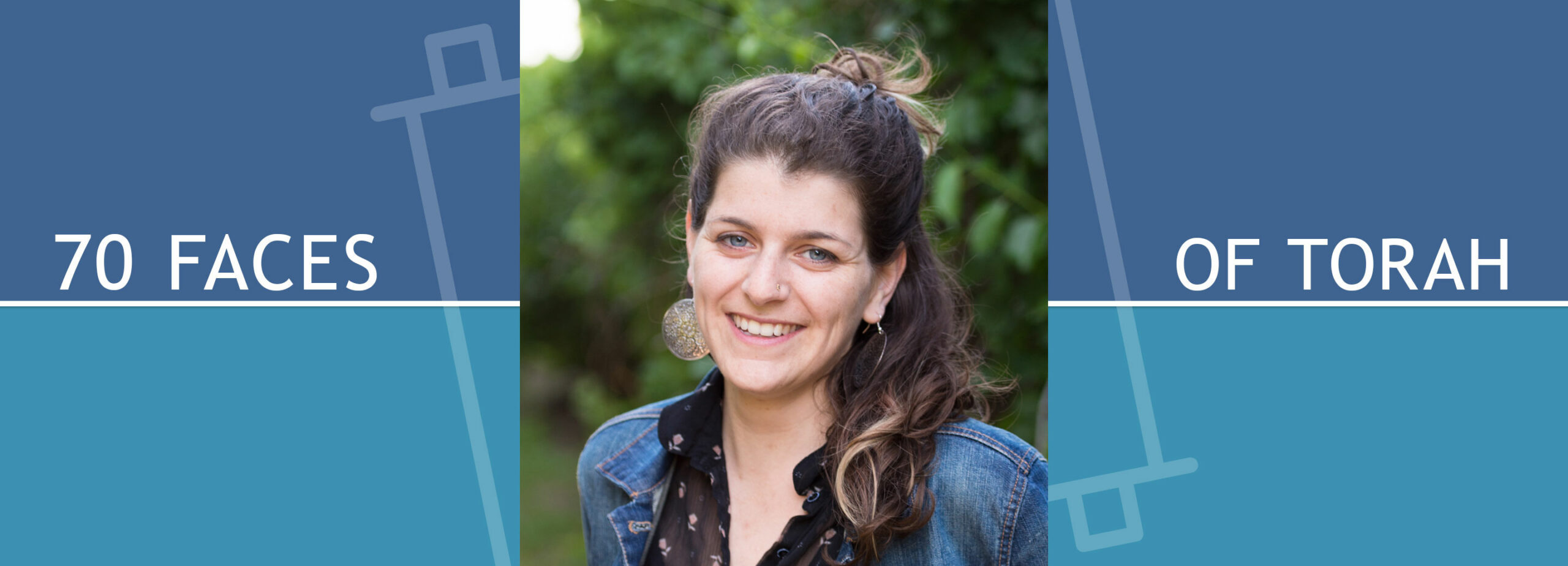Leviticus Getting our Groove Back

Parashat Behar-Bechukotai (Leviticus 25:1-27:34)
“So, I heard you’re a rabbi. Isn’t that groovy?” Vivi said, making her way to my garden bed in an N-95 mask and gloves. Vivi and her daughter are farmers who generously volunteered to help a novice like me figure out where and how to plant my vegetables. As we approached the raised bed, I pointed to the little green and purple sprouts coming out of the ground in tight gatherings of five or six to an inch. “As you can see, some of my mesclun greens are starting to come up.”
“Wow,” She replied. “They’re coming up already? How groovy!”
Vivi’s repeated use of the term “groovy” awoke me, quite suddenly, to the reality of where I live. This is Ithaca, New York, a place where utopian hippies came to get away from it all, to get back to the land. It is a place where grooviness lives on, where farmer’s markets are at the center of social life and commerce, and where the hottest thing to do on a non-quarantine night is decorate gourds at Gourdlandia, a woman’s gourd farm and art studio.
It is also a place where hyper-intellectual Cornell students pour over books and muse on theoretical physics. That is the world in which I work and teach, which often leaves me feeling disconnected from the roots of this place, the grooviness as you might say. Perhaps it’s the influence of these hyper-intellectuals that had me wanting to dig into the history and etymology of this dated word.
The first known use of the word groovy (alternatively sometimes spelled “groovie” or “groovey”) was in 1850, meaning “pertaining to a groove,” literally a cave, mine, pit or ditch in the earth. The first use of the word as we commonly know it, meaning “first rate” or “excellent” is from the 1920s jazz scene, referring to both the rhythm or feel of a piece of music, as well as to the literal grooves on a record that the pick-up needle rests on in order to play music.
In this week’s double parsha, Behar-Bechukotai, we receive laws about the rhythms (grooves?) of years. Just like on the seventh day we rest, on the seventh year we let the land rest and become free from all its labor. Seven sabbatical years are followed by a jubillee year, the most meta of all the sabbaths, in which all servants are set free, all estates given back to their original owners.
The second parsha, Bechukotai, speaks of the various chukim or decrees by which we will be blessed if we live by. How does a chok differ from a mitzvah? The word chok, as is true with many Hebrew roots, has multiple meanings. Enactment, decree, and finally, a cut, groove or engraving. The Baal HaTanya, Rabbi Schneur Zalman of Liadi, explains, “There is an aspect of Torah that is ‘inked’ on our soul: we understand it, our emotions are roused by it; it becomes our lifestyle or even our personality; but it remains something additional to ourselves. But [then] there is a dimension of Torah that is chok, engraved in our being.”
Back in the garden with Vivi and her daughter, we were thinning mesclun greens with our hands, ensuring that each sprout had enough distance from the next. As I pulled each sprout out from the ground, it felt only natural to contemplate the ways in which we are all uprooted from the everyday rhythms of life. Our shabbos tables aren’t full, our homes aren’t full of song. Our shuls are empty. We are out of touch with the cycles of each day, week, and year. Or, as the word groove began to denote in 1842, we have been uprooted from routines of everyday life.
What do we do in a time like this, when the pick-up needle has been lifted from the record? We tap into the chukim within, the pieces of Torah that are engraved in our souls.
Hayley Goldstein is the Rabbi of Base Ithaca, a project of Cornell Hillel which facilitates #shabbosmagic and Jewish learning in a home-based pluralistic environment for Cornell students. Hayley grew up outside of Minneapolis, MN, received a BA in Religious Studies from Naropa University in Boulder, Colorado and Rabbinic Ordination in 2019 at Hebrew College Rabbinical School in Newton, MA. Through her and her partner Lizzie’s project Nireh Or, they strive to redefine social media as a place where Torah can and should exist.

